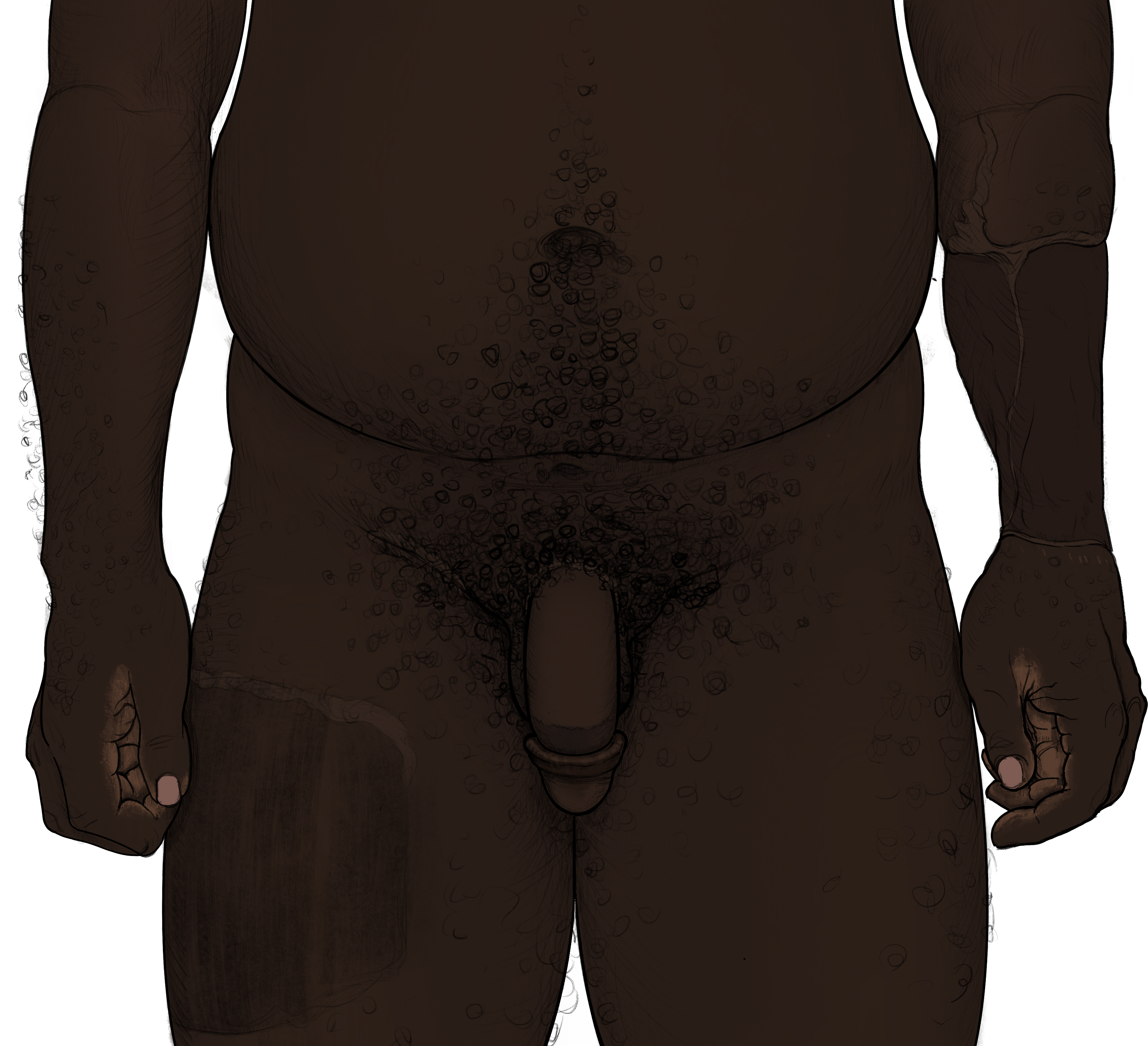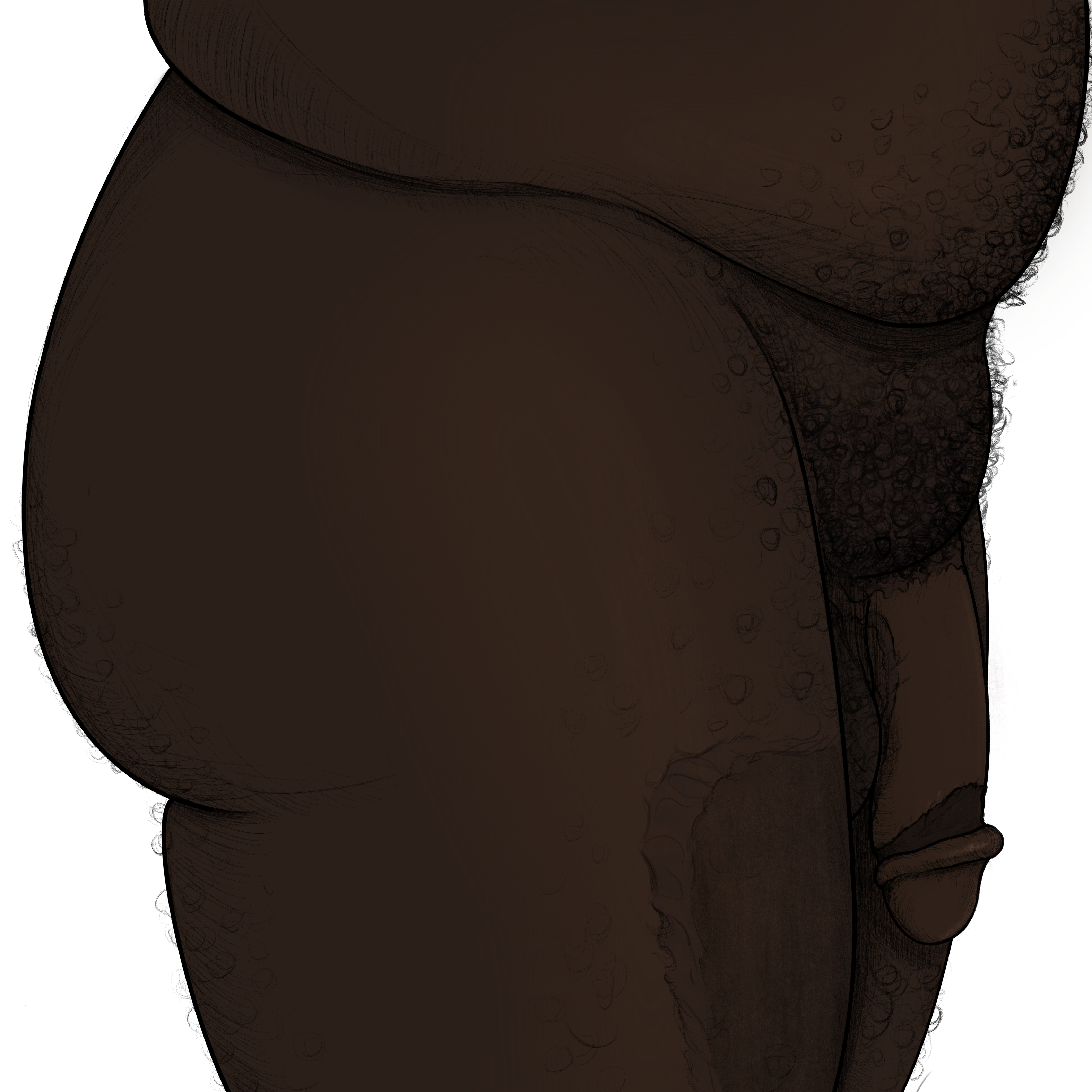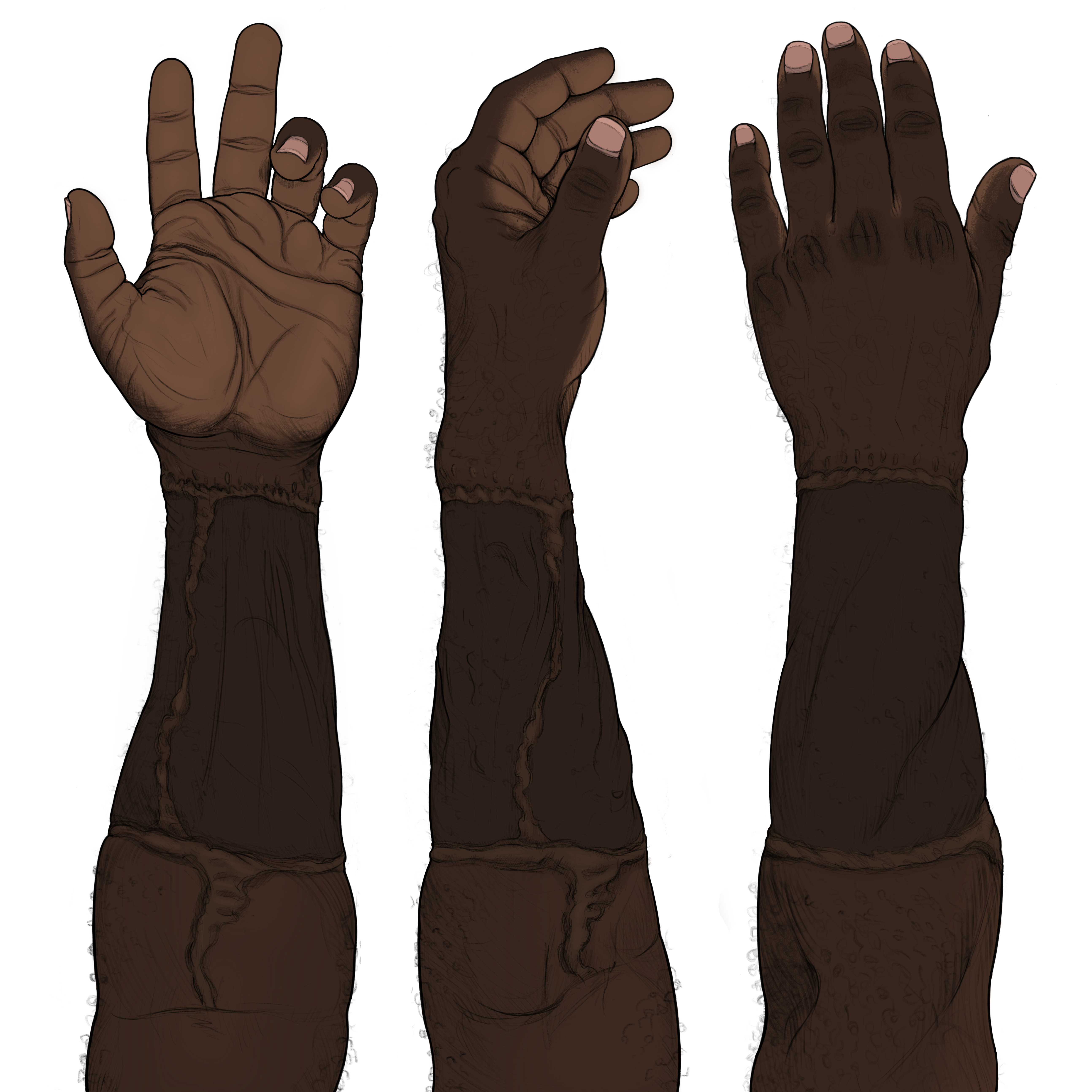Option Card: Arm-flap (RFF) phalloplasty with scrotoplasty, urethral lengthening, pump implant and one testicular implant
Print or save Option Card:



Arm-flap (RFF) phalloplasty with scrotoplasty, urethral lengthening, pump implant and one testicular implant
Arm-flap (RFF) phalloplasty with scrotoplasty and urethral lengthening and pump implant and one testicular implant, but without closure of the vagina. Glansplasty is optional.
What does this option involve?
- This surgery creates an adult size penis.
- Your surgeon uses skin, fat, nerves, and blood supply from your forearm to make a penis.
- The forearm flap donor site is covered with a split thickness skin graft from the thigh.
- Sometimes the skin graft takes place several weeks after the first surgery.
- Your labia majora will be used to create the scrotum, and your labia minora will be used to cover the area where the labia majora used to be.
- When you are fully healed, at least 6 months after your penis has been created, you will have the pump erectile implant placed.
- When you are fully healed, at least 6 months after your scrotum has been created, you will have one testicular implant placed.
How many surgeries are needed?
- This surgery may be done in three or more stages. Additional surgeries may be needed if complications occur.
Will I be able to stand to pee?
- If you do not have complications that prevent you from doing so, it will be possible for you to stand to pee.
Will I pee out of the tip of my penis?
- There’s a more than 90% chance you can pee through the tip of the penis after the surgery.*
How long will my penis be?
- The average length of the penis after surgery is 12 cm (4.75 in.).
Will I be able to feel temperature sensation, tactile sensation, and pain sensation in my penis? Can I have an orgasm, or feel erogenous sensation with my penis?
- Yes, the majority of people will gain some amount of sensation in their penis if they have a nerve hookup performed.
Can I have an orgasm, and/or feel erogenous sensation with my penis?
- Yes, the majority of people will be able to feel erogenous sensation in their penis.
- While some people can orgasm by stimulating their penis alone, some people still need to stimulate their clitoris in order to orgasm.
- Around 90% of people who have this surgery can feel sexual stimulation and have orgasms.
Will I be able to have an erection?
- Yes. When you have the inflatable pump erectile implant placed, you will be able to have an erection.
Will I be able to penetrate a partner during sex?
- Yes, after you have the pump implant placed.
Will I be able to receive penetrative intercourse via a vaginal canal during sex?
- Yes, you will still be able to be vaginally penetrated if that is something you are interested in doing.
Will I be able to become pregnant and carry and birth a child via the vaginal canal?
- This may be possible for people if they stop testosterone before attempting to become pregnant.
- However, it is important to talk about your fertility goals with your doctor; pregnancy may pose a risk to the blood supply that goes to your penis.
Will I have a donor site scar?
- Yes, you will have a scar on your forearm where the flap was taken to create your penis. This scar will be permanent.
- You may also have a scar on your thigh where the split thickness skin graft was taken to cover the forearm site. This scar may be permanently visible.
- If you have glansplasty done, the skin on your penis may be rolled up near the glans to form the ridge. You may have another scar on your thigh or abdomen where a skin graft was taken to cover the area on the penis where the skin was moved to create the glans. This scar may be permanently visible.
- You may also have scars on the base of your penis where it is attached to your body, on the underside of your penis, around the glans, and in the area below the glans where the skin graft was placed.
Will I have a foreskin?
- You won’t have a foreskin.
- With glansplasty, your penis will look similar to a circumcised penis.
- Without glansplasty, your penis may look similar to an uncircumcised penis; medical tattooing can add details that will aid in this appearance.
What will happen with my labia minora?
- When you have scrotoplasty without closure of the vagina, part of the labia minora is used to cover the area where the labia majora were moved. There may be scars on the incisions.
What will I need to do before surgery?
- Many surgeons and insurance companies will require that you provide one or more letters from mental health providers as per The World Professional Association for Transgender Health (WPATH)’s Standards of Care (SOC).
Is there a BMI (body mass index) requirement for this surgery?
- Many surgeons have a specific BMI requirement of 35 or below, although it can vary.
- Surgeons will also evaluate patient’s health on a case-by-case basis and may require that any comorbidities correlated with a higher BMI are well-managed to reduce the risk of complications from surgery.
Do I need a hysterectomy or oophorectomy?
- No. You can choose to keep your uterus, Fallopian tubes, cervix, and ovaries if you want to keep them.
- You can also have any of those things removed if you do want a hysterectomy and/or oophorectomy.
Do I need to stop using nicotine before surgery?
- Yes, you will need to stop using nicotine for 8 to 12 weeks before surgery. This includes cigarettes, vapes, gum, patches, wraps and e-cigarettes. You should discuss other substance use with your surgeon before surgery.
Do I need to stop taking hormones before surgery?
- No, most people do not need to stop taking testosterone before surgery. You should discuss your medications with your surgeon to see if any need to be stopped before surgery.
Is hair removal is needed?
- Hair removal is not always medically necessary, but some people choose to have electrolysis and/or laser hair removal done on their forearm before surgery or on their penis and scrotum after surgery for aesthetic or dysphoria reasons. This is sometimes covered by insurance.
- Depending on the amount of hair someone has and whether they are still undergoing changes from testosterone and developing thicker and darker body hair, hair removal can take 2 or more years.
How long is the hospital stay?
- You may stay in the hospital for 5-6 nights after your surgery.
Will I need to stay near the hospital?
- You may need to stay near the hospital for 1 week after the scrotoplasty, and 1 week after the rod erectile implant.
- You may need to stay near the hospital for the first 4-6 weeks after the penis-creation surgery.
Will I need a caretaker when I get home?
- A caregiver can be helpful for the first 1-2 weeks after surgery. Your ability to bend and lift will be limited during your recovery, and you will need assistance with some activities of daily living.
- After the scrotoplasty and pump surgeries, you may need a caregiver for 2-3 days.
How long will it take to recover once I’m at home?
- After your penis-creation surgery, you may be able to return to most of your daily activities, including work, after six to eight weeks. Some people with very physically demanding jobs may need longer than eight weeks. If you develop complications, you may need more time off from school or work.
- The amount of time you will need off from work for any subsequent stage will depend on what you have done in that stage and whether you develop complications.
What appointments will I have before surgery and after surgery?
- You will have at least two appointments before surgery, and several post-operative appointments after surgery.
How much does getting surgery cost?
- The cost of surgery depends on your insurance coverage.
Will I need a urethral catheter or a suprapubic catheter?
- After your penis-creation surgery, you will have a Foley urethral catheter in place while you are in the hospital until you are able to walk to the bathroom.
- You may have the catheter removed before you are discharged from the hospital.
- You may also have a urethral catheter in place for 2-6 weeks after your urethra hookup surgery.
- This means you will leave the hospital with a catheter in, and have the catheter while you are staying at the place where you will be recovering from surgery.
- You may need a suprapubic catheter for 4-8 weeks after your urethra hookup surgery.
Are donor site complications likely?
- In around 4-10% of cases, people have complications at the donor site.
- Some people experience pain or tightness in their donor site after they are fully healed. Scar massage and steroid injections can sometimes help with this.
- Swelling in the hand is also possible and some people use compression gloves for this reason.
What is the risk of urethral stricture or fistula preventing peeing from the tip of penis?
- You will not have a fistula or stricture if you do not have urethral lengthening. You may experience bladder spasms or an infection from the urethral catheter.
What is the risk of developing a wound complication?
- Learn more about wound complications here:
What will wound care be like after surgery?
- Your surgeon will tell you what wound care supplies you need to purchase, if any, and explain how and when to use them. It will take at least 6 weeks until your donor site is fully healed.
What are the chances of losing erogenous sensation?
- It is possible that you will not gain erogenous sensation in your penis.
- It is also possible that the erogenous sensation in your clitoris may be reduced, although this is not common.
- Discuss your options and preferences for clitoral burial with your surgeon before you have surgery.